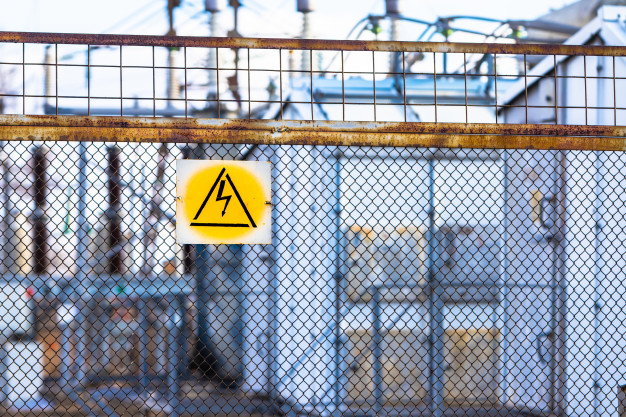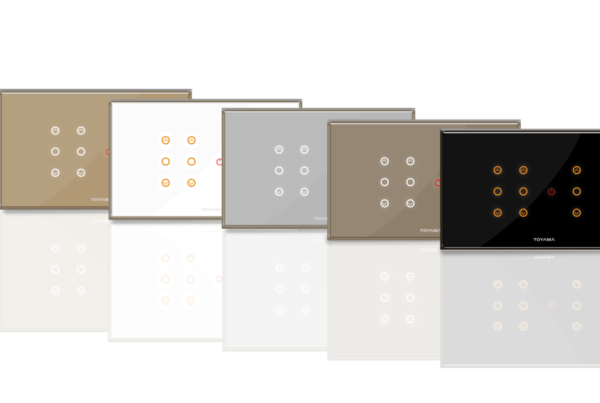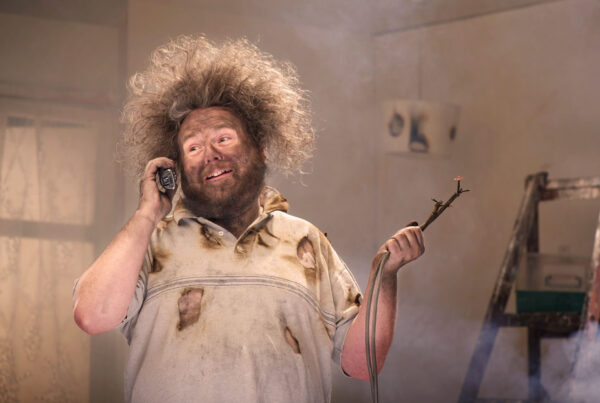Introduction:
Nowadays home automation is being an integral part of making a new home. A number of functionalities may vary according to each and every customer and their uses. But because of its increased usage, it becomes very important for the customer as well as integrator/installer to know about the common faults in home automation systems and how to prevent them.
By becoming smart, a home is embedded with ubiquitous computing equipment that connects all the household devices to one another and the Internet. In these circumstances, protecting the power supply grid against faults becomes even more important, given the increasing number of sensitive devices connected in the emerging Smart world.
In order to prevent these hazards, there are 4 essential precautions you must take if you are doing Home Automation:
1. Voltage Stabilizers:
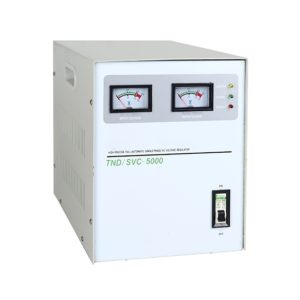 The most primary level of protection that you should equip your home with is a stabilizer.
The most primary level of protection that you should equip your home with is a stabilizer.
A voltage stabilizer will feed constant voltage current to all the electrical gadgets of your house like ACs, TVs, computers and also the automation devices and circuits hence protecting them from damage due to voltage fluctuations.
Problems Due to Over Voltage to Home Appliances:
- It may cause permanent damage to the connected device.
- It may cause damage to the winding insulation.
- It may lead to unnecessary disruption in the load
- It may lead to over-heating of the cable or device.
- It may degrade the useful life of the device
Problems Due to Under Voltage to Home Appliances:
- It may lead to equipment’s malfunction.
- It may result in low efficiency of the device.
- The device in some cases can take extra hours to perform the same function.
- It may lead the device to draw large currents that may further cause over-heating.
All these problems can be prevented by simply integrating a stabilizer in your electrical grid.
2. Current Limiting Components:
The Circuits used in home automation are mostly placed inside the switchboards and hence have to be very compact in size. So the size of internal relays used in it also has to be compact.
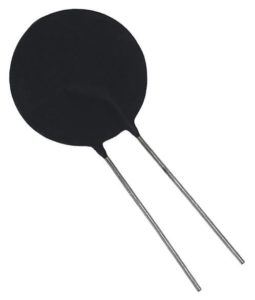
Now when a big group of loads (i.e. multiple lights or strip lights) is connected to an automation circuit, it draws a big amount of current when the device starts. Hence there is a potential risk of device failure due to this overcurrent passing through it.
But there is no need to worry. There is a simple & full proof solution to this problem which can be done by the integrator or installer. The solution is to use current limiting components with all such loads that might draw more current.
These components will limit the current to a stable value even when a large amount is drawn by the load hence avoiding the failure permanently.
3. Solid State Relays:
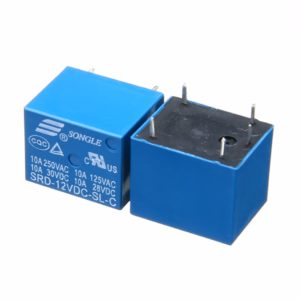 As seen above, the most common problem with these sensitive automation circuits is of damage due to over current. One another effective solution to this problem is to use solid state relays.
As seen above, the most common problem with these sensitive automation circuits is of damage due to over current. One another effective solution to this problem is to use solid state relays.
By using these relays we divert the current to flow through it rather than flowing through the automation circuit. These relays have a larger capacity of current hence there is no harm to them when a large value of current passes through it. And they are triggered only when a signal (in form of current) is given to them by the automation circuit/device.
Hence we can eliminate the threat of damage to automation circuits completely and still enjoy the benefits of automation.
4. Cyber Security:
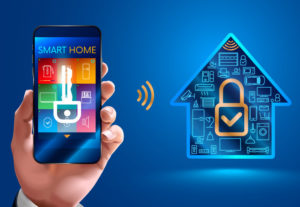 Apart from the electrical threats one other eminent threat that is related to home automation is “cyber security”. All the smart devices are connected to a local network in one way or the other and hence are also connected to the internet. Thus taking required cyber precautions becomes of sheer importance.
Apart from the electrical threats one other eminent threat that is related to home automation is “cyber security”. All the smart devices are connected to a local network in one way or the other and hence are also connected to the internet. Thus taking required cyber precautions becomes of sheer importance.
According to a survey done in 2019, the most hacked devices are: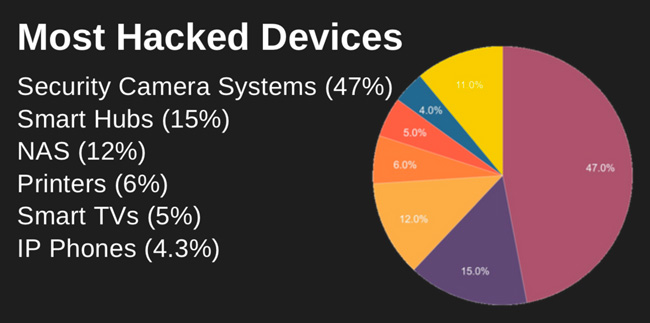
But there is no need to worry. These cyber security threats can be avoided if these necessary precautions are taken by your installer/integrator:
- Give your router a unique name & use a strong encryption method for WiFi.
- Set up a guest network which can be given to others (apart from family members) for use.
- Set up authentication for your smart devices also as it will provide multi level security to all of your smart devices.
- Keep all the devices up to date as new software will have a better option for cyber security.
- Disable features that you may not need as it makes our devices less prone to hacking.
Conclusion:
Customer opts for home automation as they want to make their life less tedious and more comfortable. And this can be done only when these necessary electrical, as well as cyber-security-related precautions, are taken by their installer/integrator.
To know furthermore about precautions & other ideas for your “Dream Home”, we will be happy to help you. Please Contact Us for more help.



